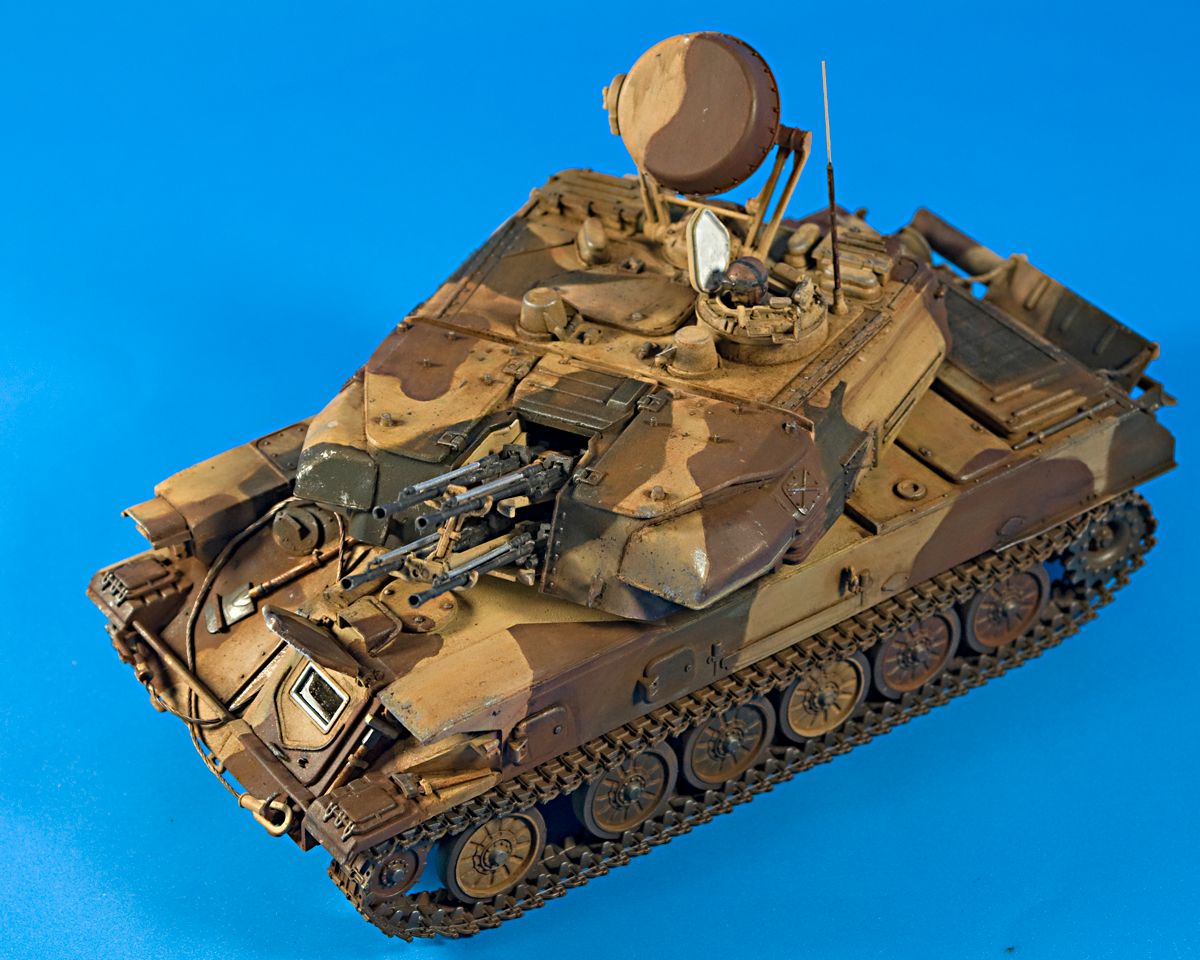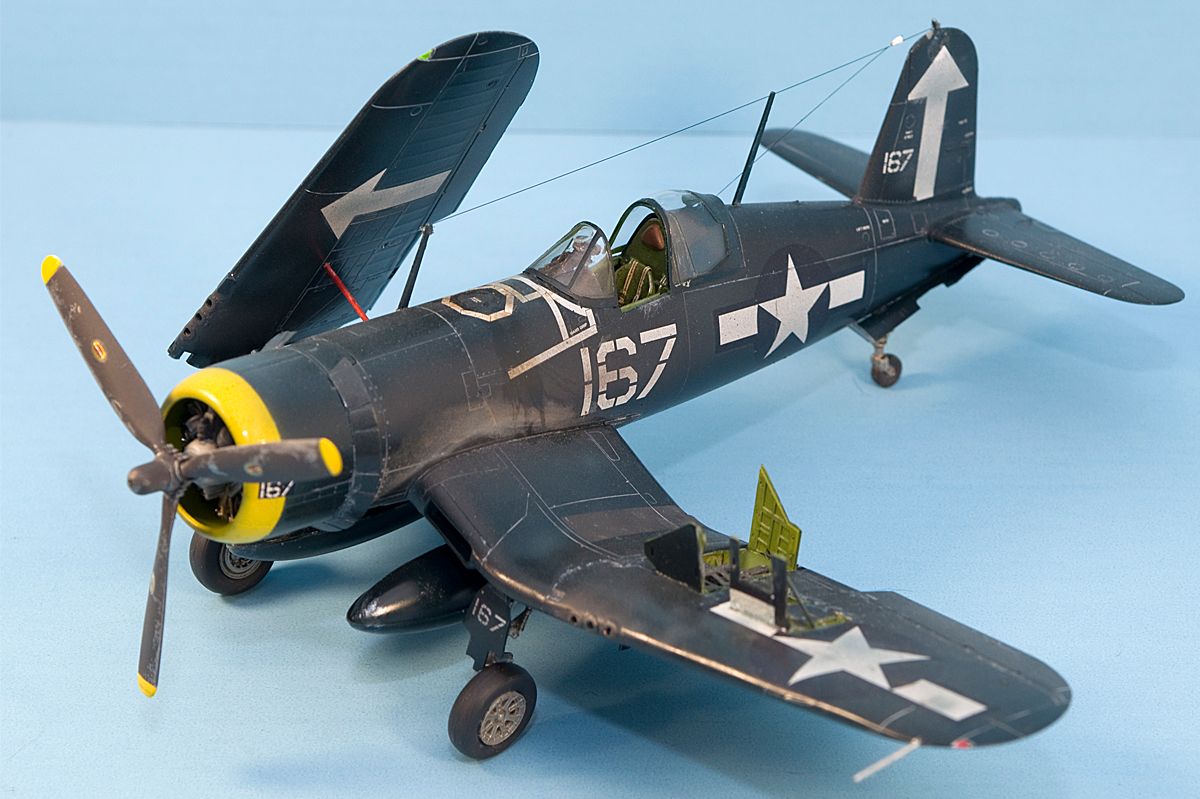You already have 99% of everything you're going to need. Go to you local Michael's or equivalent art supply store. Look for a roll of plain, single colored paper (I believe they're 2'x10' rolls, for a few bucks). Light greys and light blues are the best for this type of photography. Then just get some daylight temperature bulbs (they can be purchased at most supermarkets).
Take your clamp lights and place one higher than the subject, and the other roughly level with the subject (a little higher is better than a little lower). Take the backdrop paper and create a layout so that, from almost any angle, the paper is in frame.
Center the subject on the paper. Now aim you high light so that it bounces off the backdrop and down on to the subject. Aim your level light so that it bounces up, eliminating any shadows created by the high light . You never want to aim the lights directly at the subjecy, as you'll create hotspots. In photography, it's better to under-expose, than over-expose. When you over-expose, you kill the data in those pixels - there's no bringing them back. With under-exposing, data recovery is a very simple process.
Now, with the D90, assuming you have a tripod, set it for Manual mode, center-weighted exposure, f/13-f/15 (depending on the lens you're using) and check the DoF, using the small button, under the lens, on the right hand side (if you're standing behind the camera). Set the shutter for timer delay and set the mirror for exposure delay (option d10 in the settings). Using the metering display (looking through the eyepiece) adjust the shutter speed, until the meter zeroes out.
Your photo should be more "top down", in order to show off more of the model. Find a focal point somewhere in the first 1/3 of the subject and focus on a point of high contrast. The D90's metering system has a bit of trouble with focus on monotone colors and contrast. Let the autoficus do it's thing, press the trigger and give it a few seconds. Between the timer and the exposure delay mode, you should have an absolutely shake-free picture.
This one of the only pictures I have with the seamless backdrop (the rest were lost in an HDD crash)

Here's an example with the old "2 foam boards" system. Notice the distracting seam running through the model

-Fred